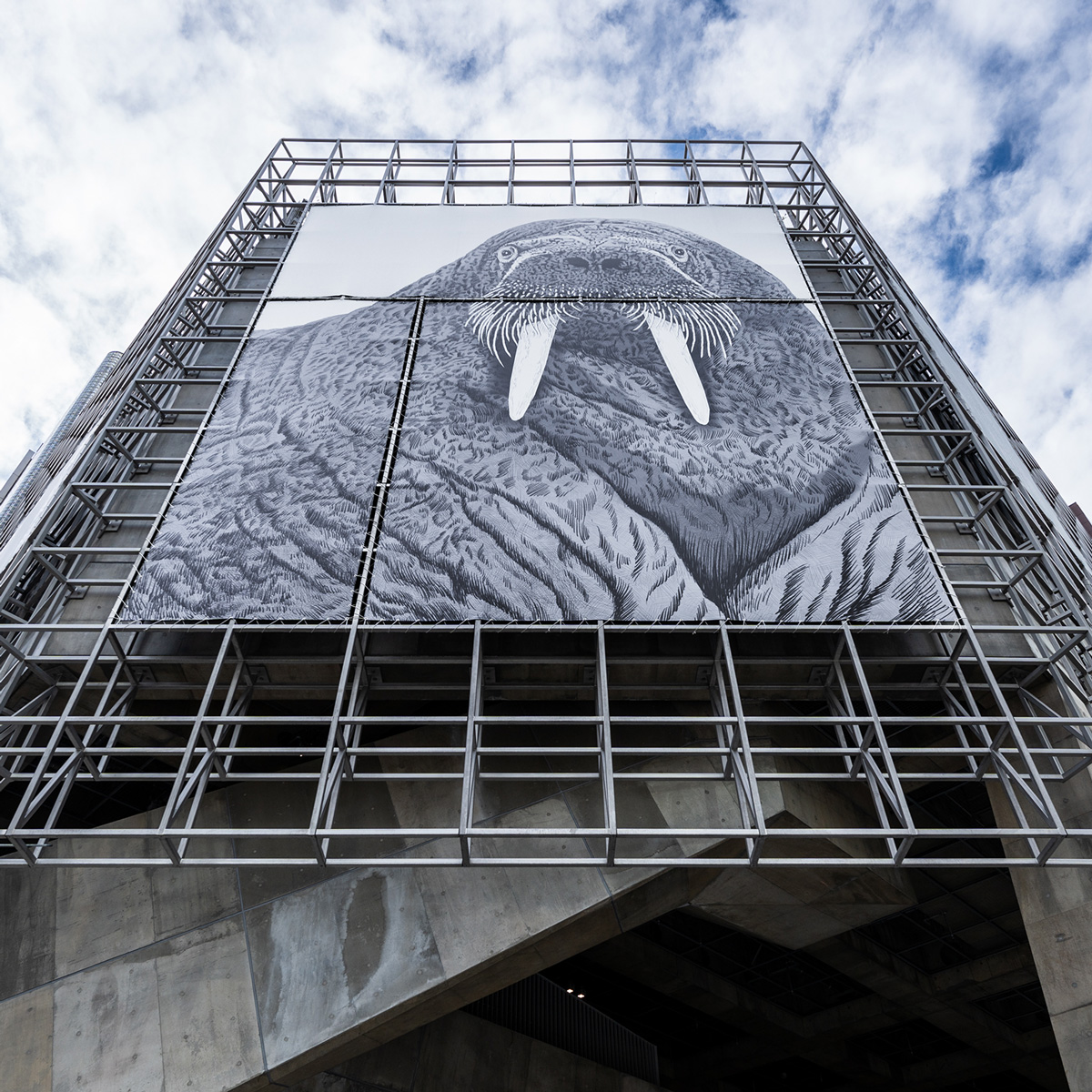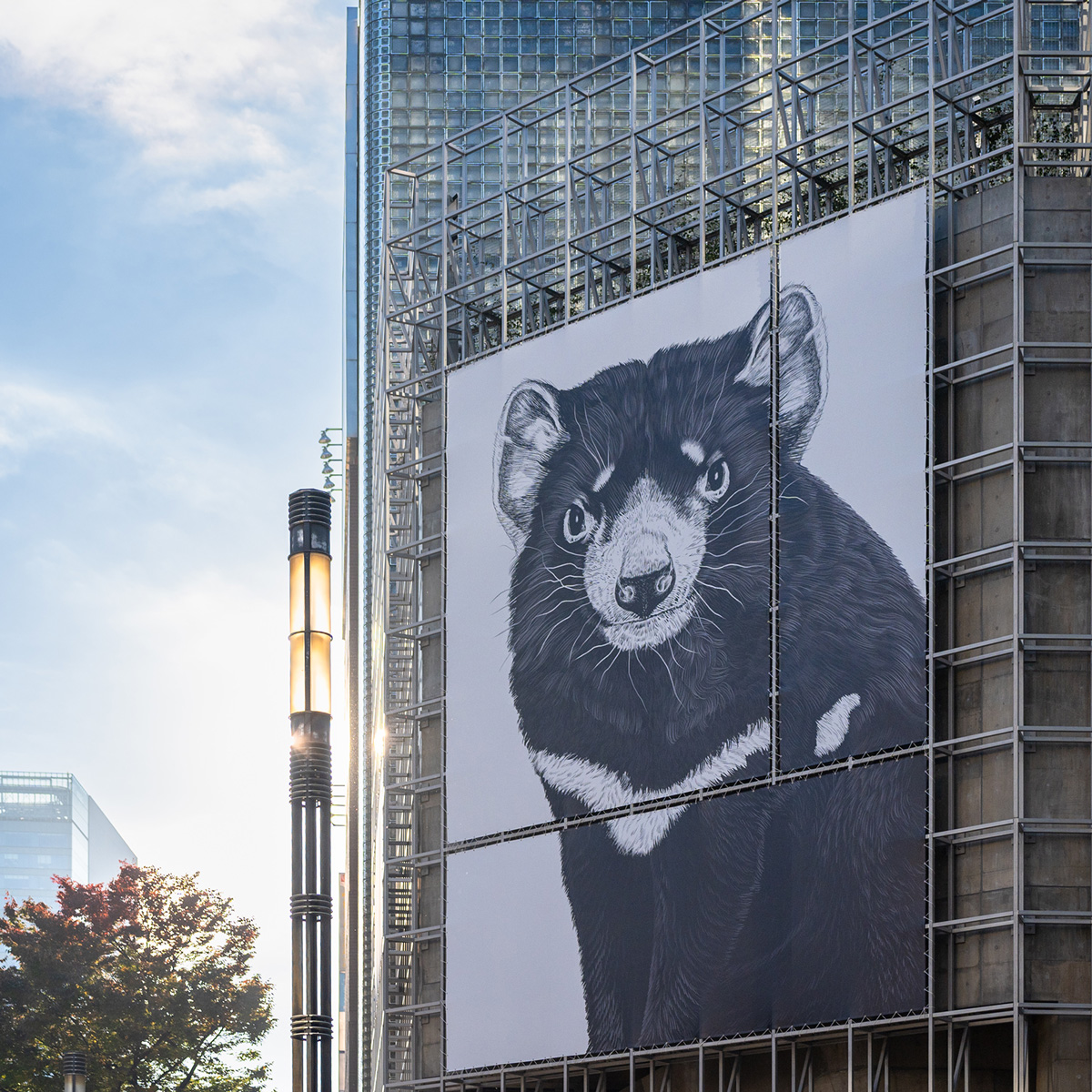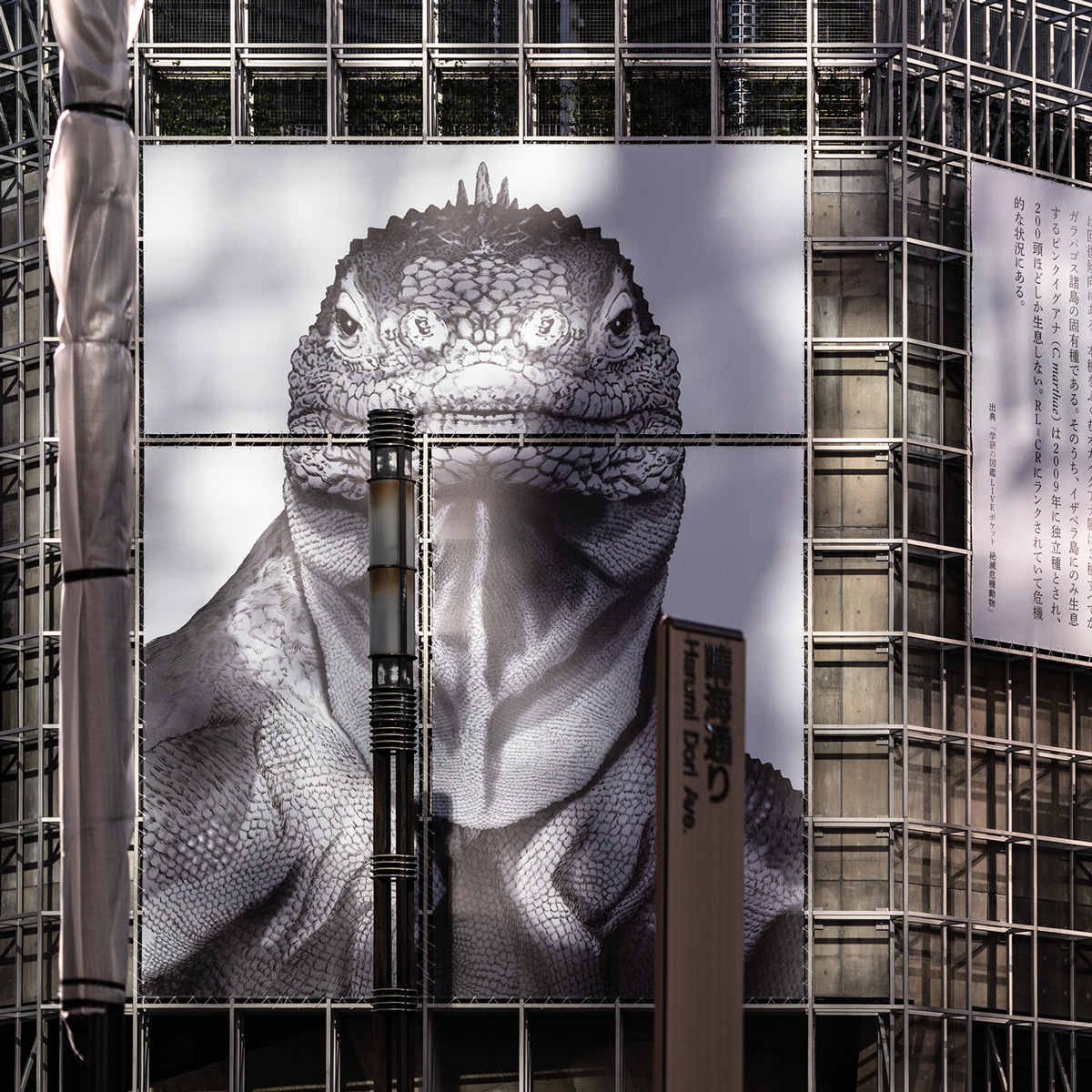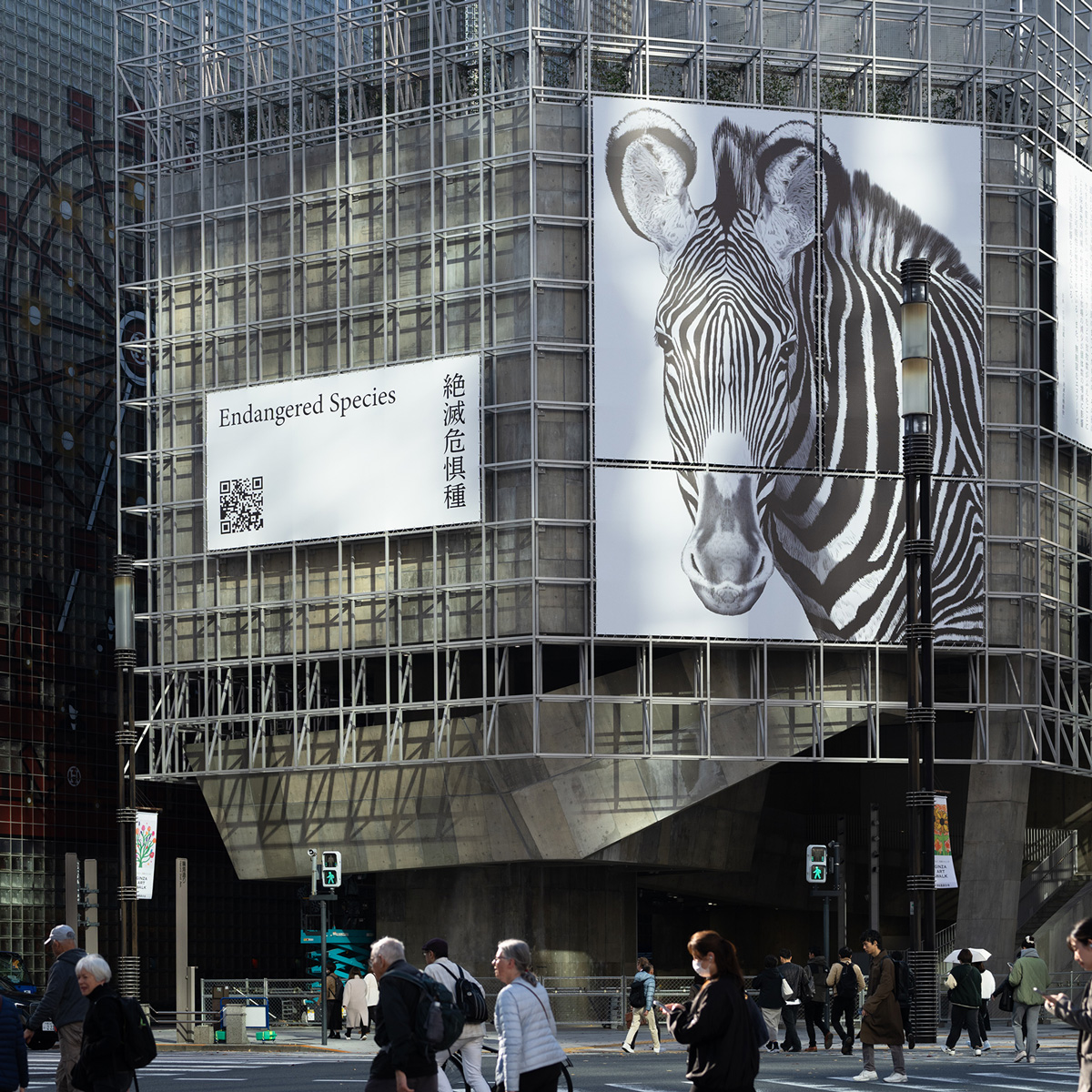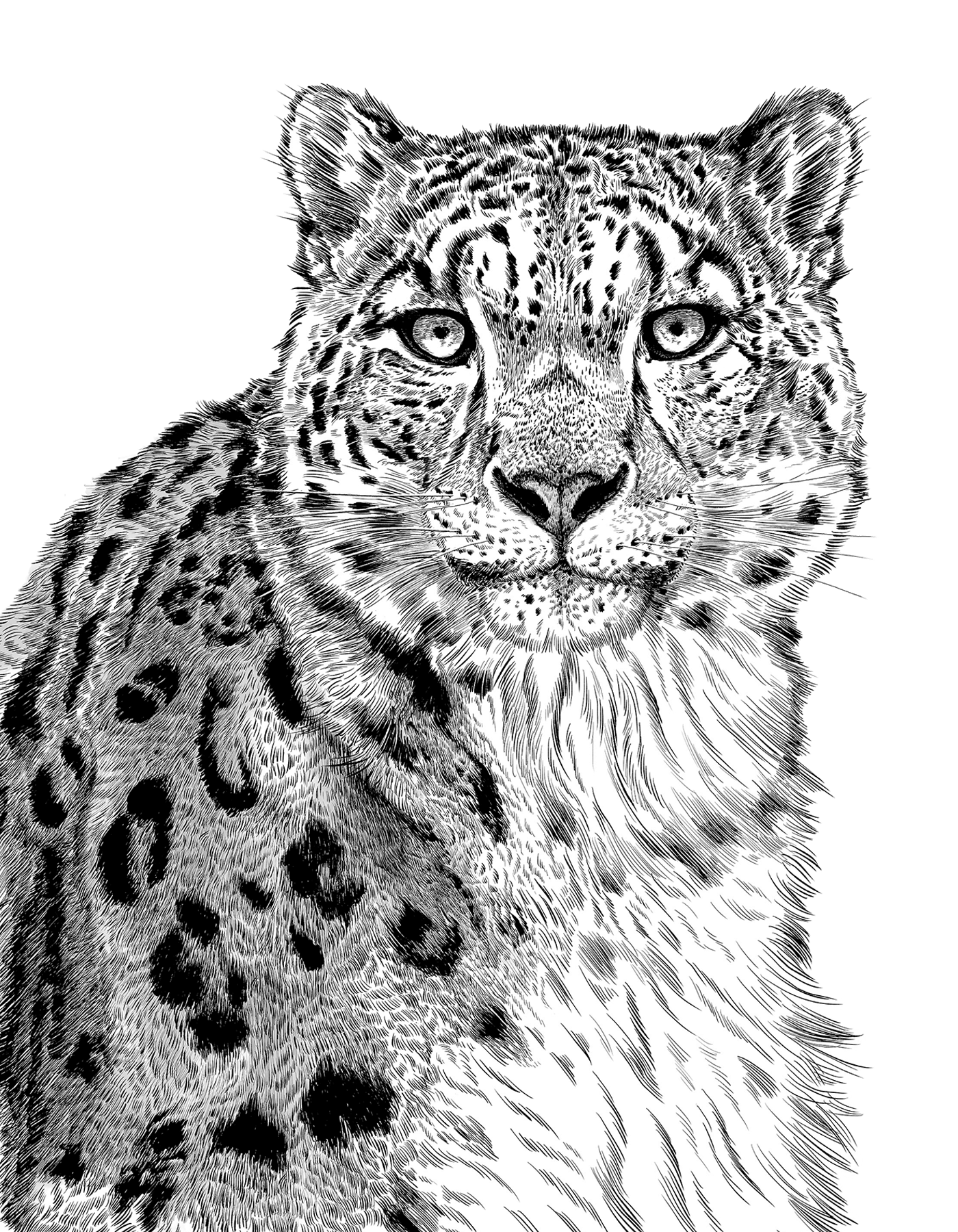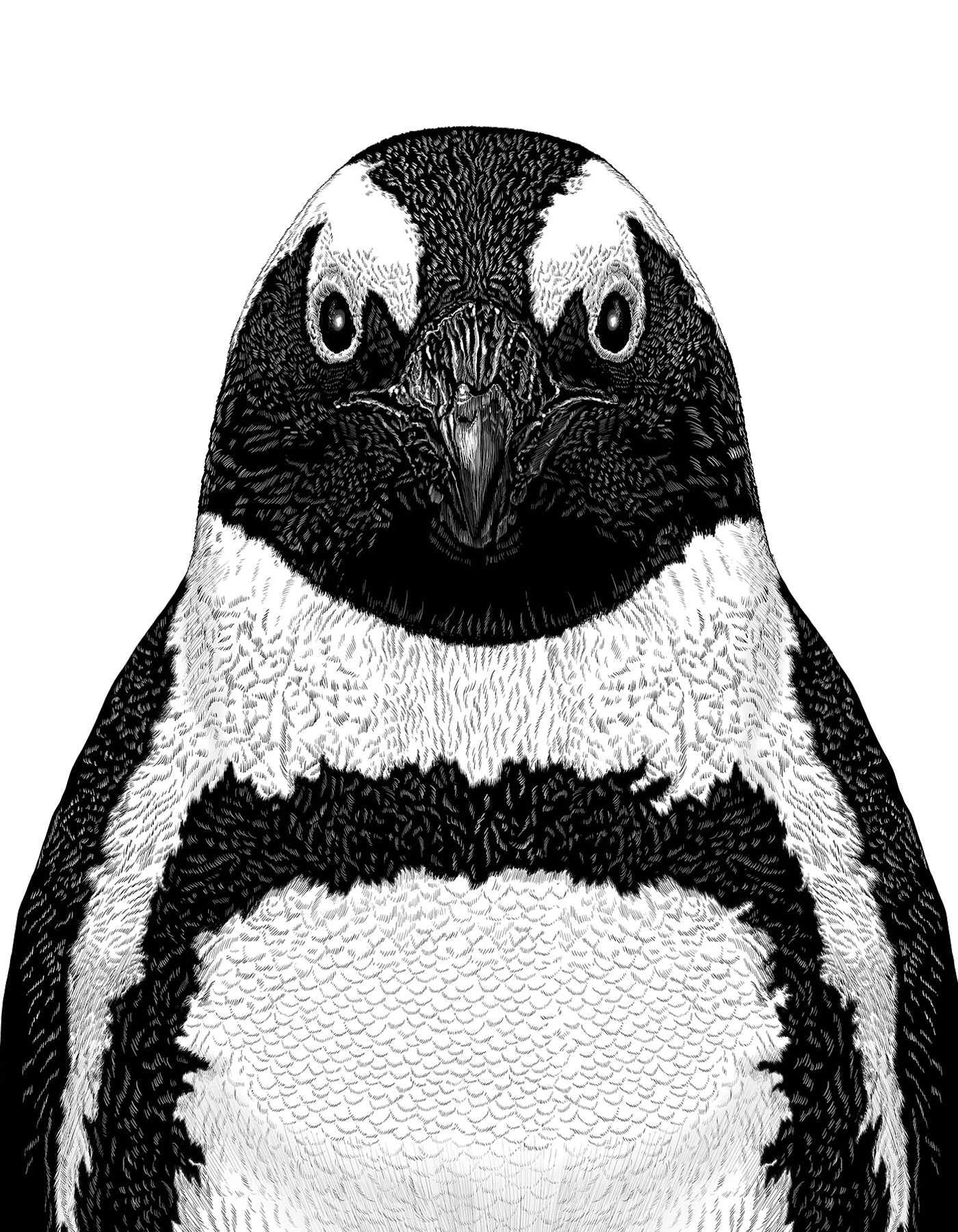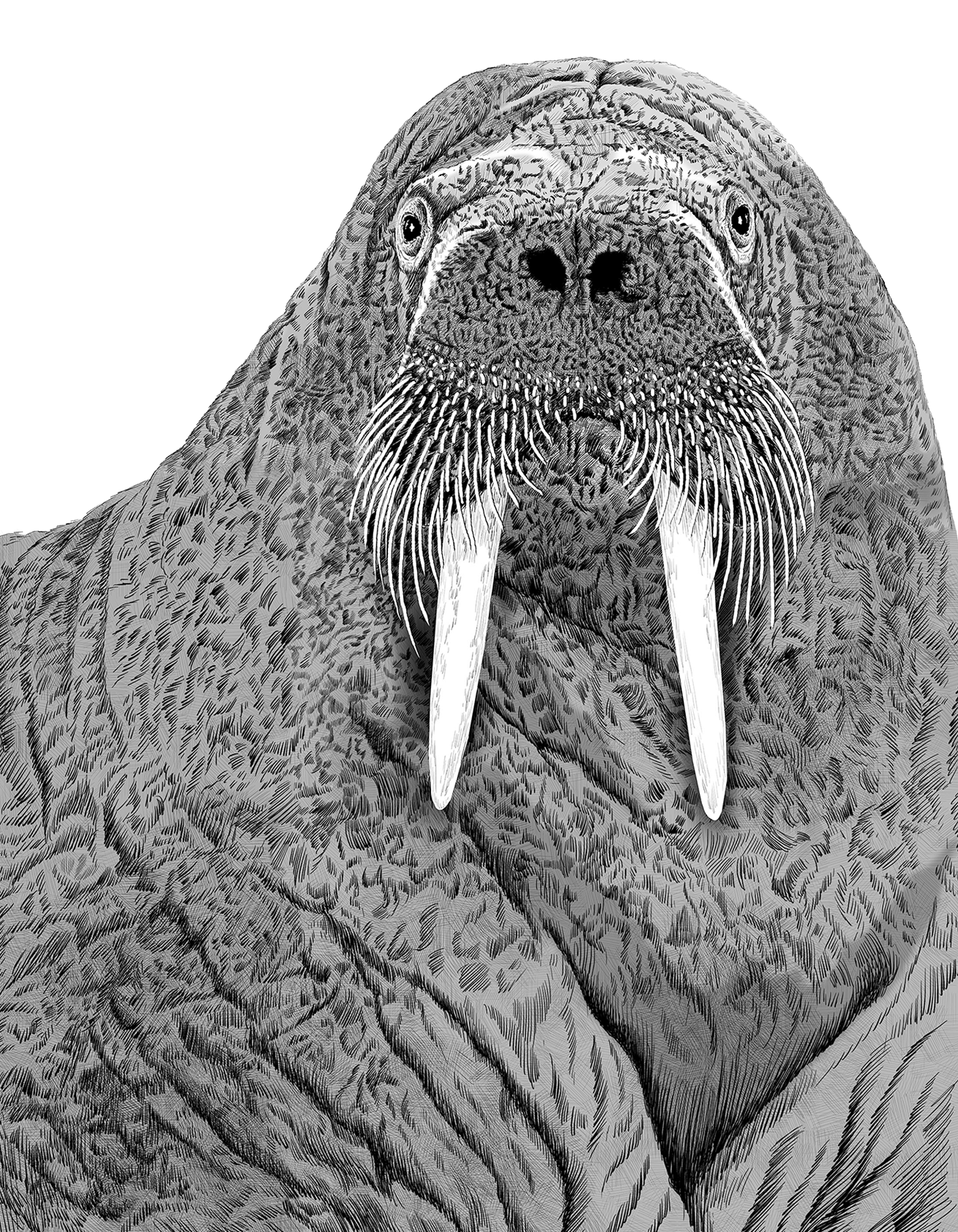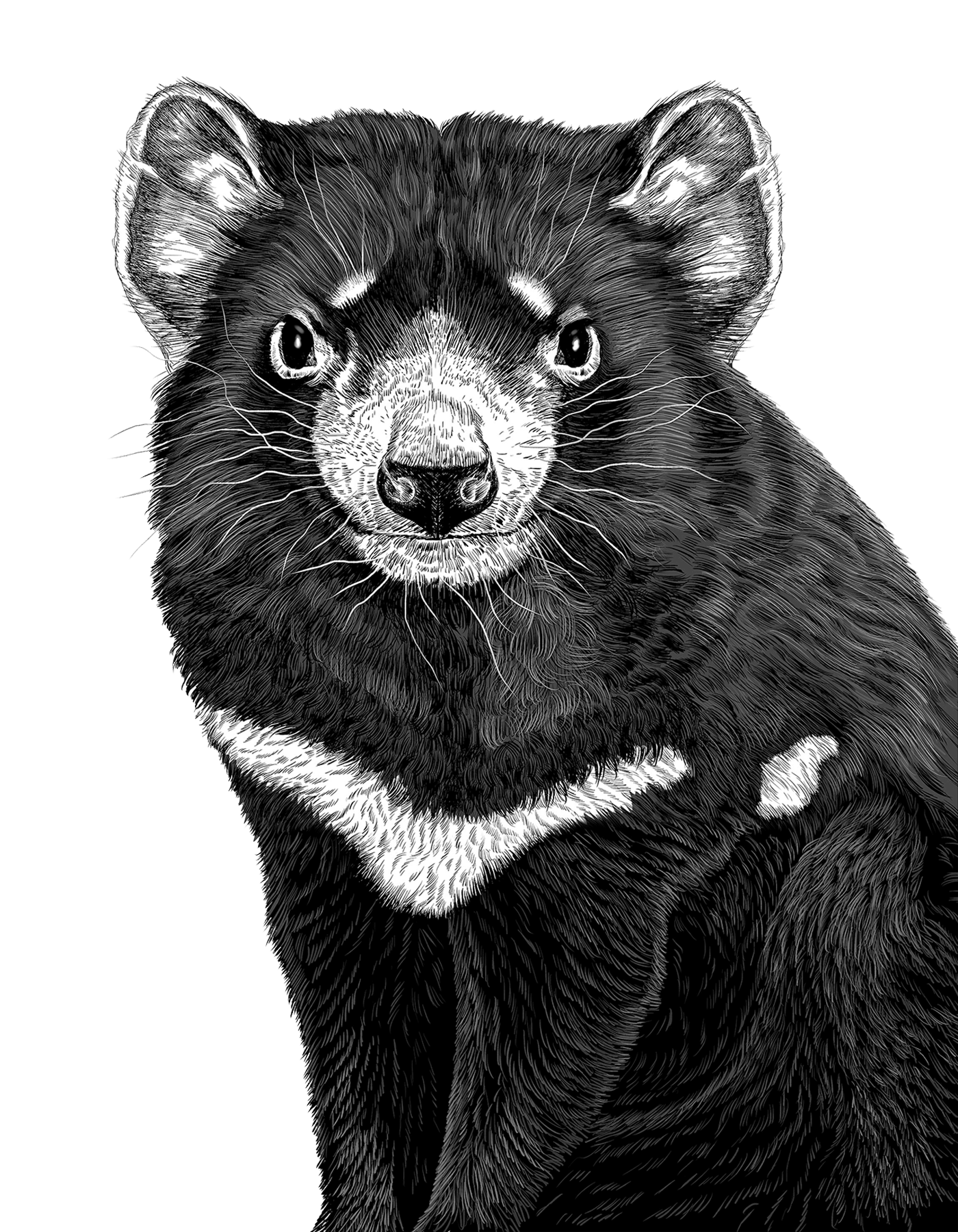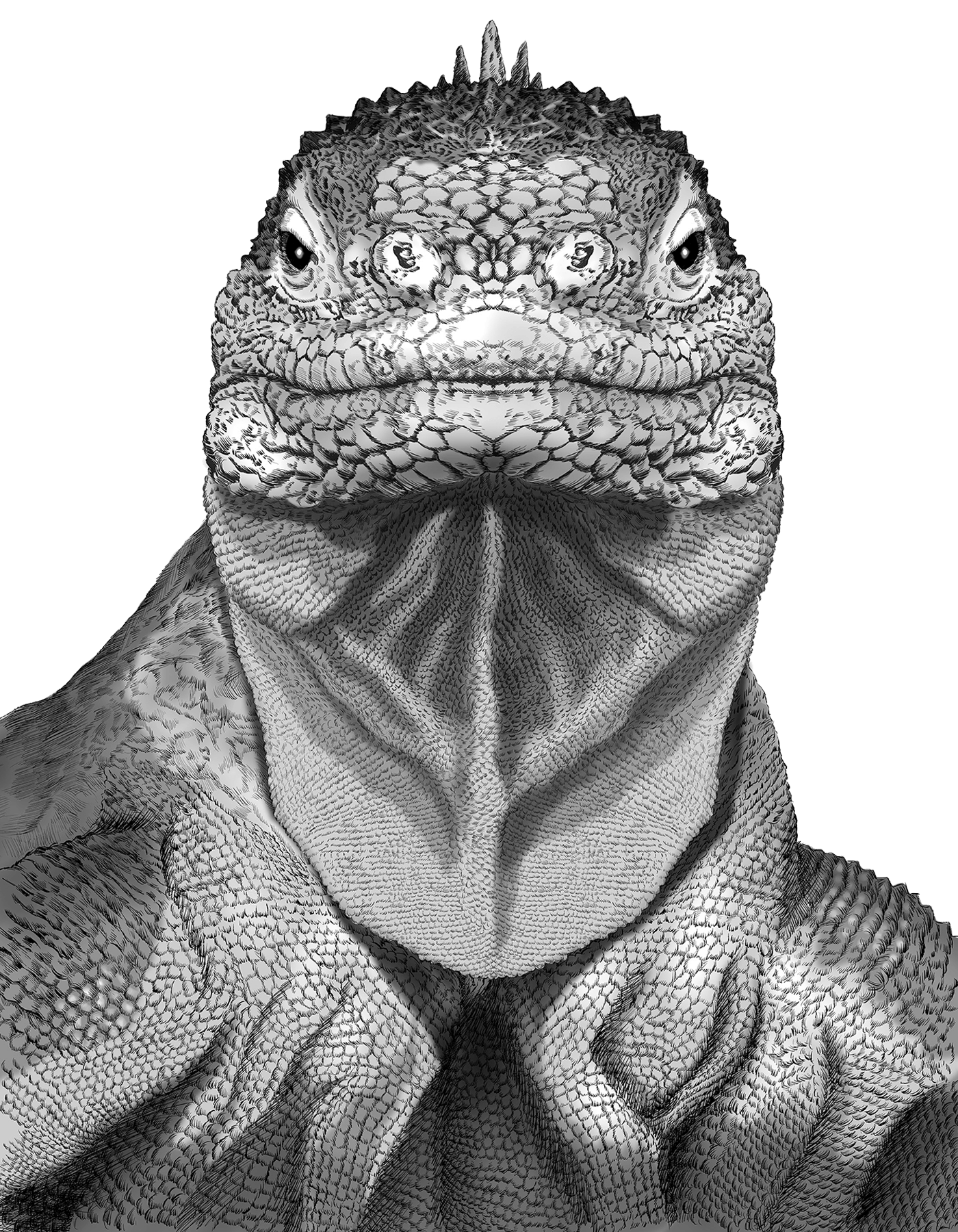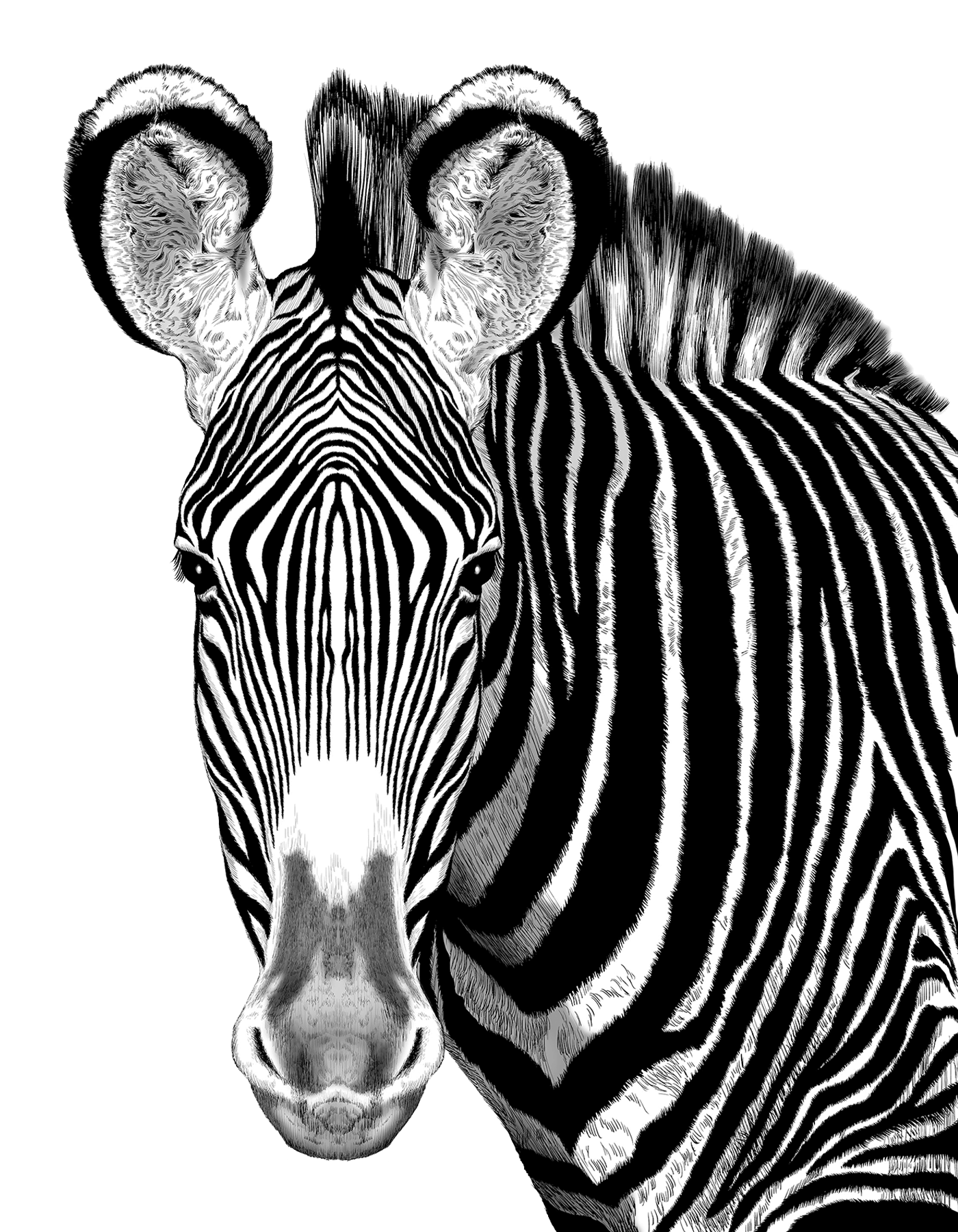Stainless steel grid frames cover the concrete structure of the new Ginza Sony Park, creating a subtle boundary with the city.
It serves as the building's facade and a structured interface that can accommodate various activities.
What can we share with the world from the corner of Sukiyabashi Crossing in Ginza, where hundreds of thousands of people pass by every day?
As Ginza Sony Park embarks on a new challenge as a "park in Ginza," we envisioned how this space could inspire reflection on both the present and the future.










